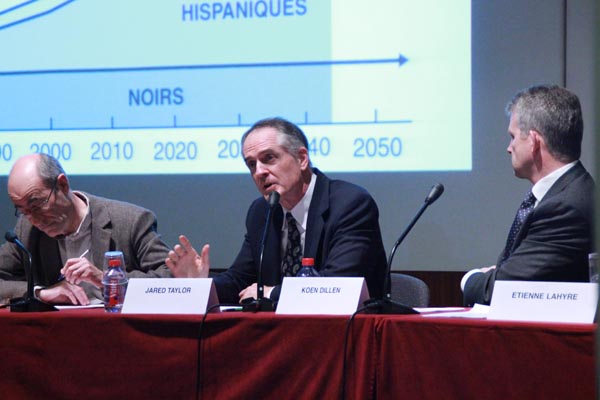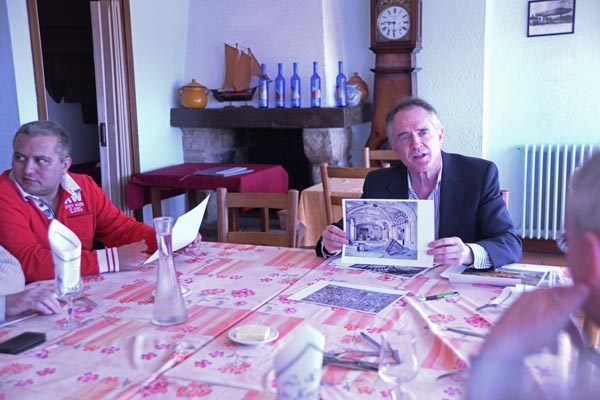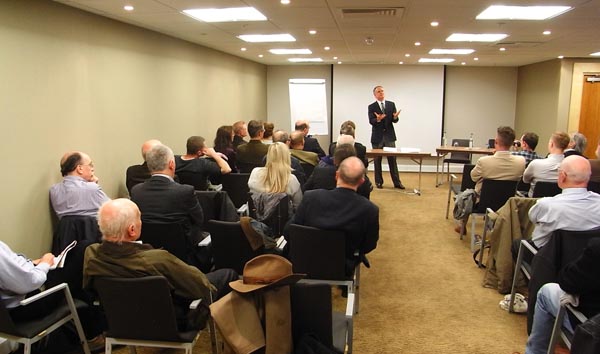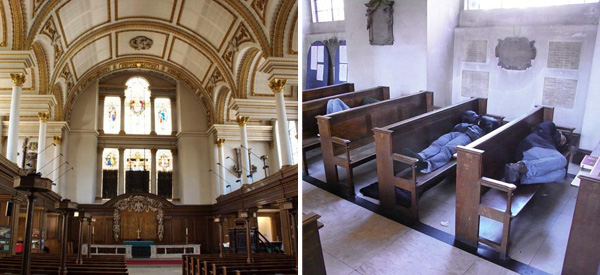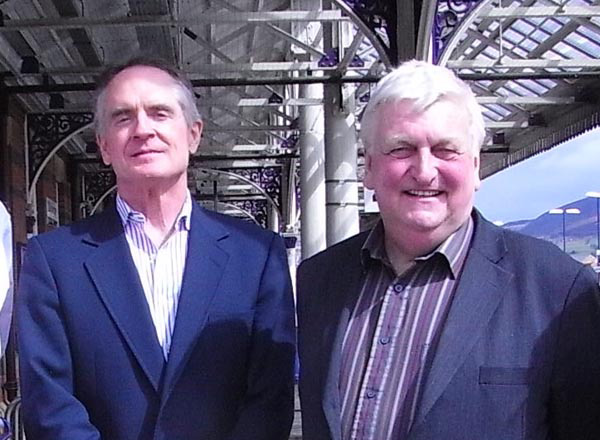Report from France and Britain
Jared Taylor, American Renaissance, April 26, 2013
I have just returned from an inspiring week-long trip to France and Britain, during which I gave four talks, two television interviews, and reestablished ties with overseas comrades. It was a rewarding week that again brought home to me that whites — throughout the West — face the same challenges, and that we in the English-speaking-world are far behind in the struggle.
I was invited to Paris by the Geopolitics and Populations Institute, which was holding a conference on the subject: “Elections and Immigration: Can the Right Still Win?” I was asked to give the American perspective on this question, and of course, discussed the deep racial chasm that characterized the last Presidential election.
I showed a set of PowerPoint slides that portrayed the changing population of the United States, along with polling results that highlight the differences in the way Americans of different races think about government. France does not keep official racial statistics, so my French audience was fascinated by such precise data. The American example is clear: As immigration expands the non-white vote, the prospects for “conservatives” dwindle.
My talk was followed by similar presentations on Belgian and French elections, and by groups that are fighting to control immigration. I received copies of some of the talks, which we plan to translate and publish, but one observation about France especially struck me: In the last Presidential election, Nicolas Sarkozy lost to the socialist candidate, Francois Hollande, by a margin that was accounted for by the immigrant vote. The best estimate was that immigrants voted about 85 percent for Mr. Hollande, and if they had voted like native Frenchmen, the election would have gone to Mr. Sarkozy. Demography is changing the political landscape of France, just as it is that of the United States.
The presentations were first rate, and a number of the speakers were interviewed by Prorussia.tv, which is similar to RT TV in the United States. Coverage of the conference and my interview (in French) are available here.
I was impressed by how “mainstream” the conference was. One of the speakers was a sitting member of the French legislature. There were academics, journalists, and former high-level members of French governments. The event was widely advertised, open to the public, and kept to impressively high standards. There was not even a hint of demonstrators.
It is impossible to imagine the Enterprise Institute, for example, hosting a public conference called “Can the Republican Party Survive Mass Immigration?” Nor is it possible to imagine such a conference coming off without some kind of opposition or at least very hostile press. But in France, there is now nothing “extreme” about asking questions that would terrify American “conservatives.”
By coincidence, the day I arrived in France, there were serious confrontations in Paris between police and demonstrators against homosexual marriage. Opposition to what the French call “marriage for everyone” is hardly the main issue for nationalists, but it was an encouraging jolt to see TV news clips of young white people pouring into the street to defend their views.
This spring, at least one demonstrations against “marriage for everyone” attracted as many as a million people. The latest incidents were a completely spontaneous reaction to a cowardly maneuver by “conservatives” in the French Senate, who had taken a voice vote on homosexual marriage, leaving no record of who actually opposed it. Like the Identitarians who occupied the construction site of a mosque near the site of the famous Battle of Tours, young white Parisians are venting their anger against “leaders” they see as traitors.
After the Paris conference, I spent some time in Brittany, where I had been asked to speak to a smaller group about white flight and its causes. I brought pictures of the ruins of Detroit, which shocked my audience. At the end of my presentation, I showed a picture of firemen trying to put out a huge blaze in a parking garage, and asked my French listeners if they could guess where it was taken. It sobered them to learn that it was a photo of the October 2005 race riots — in Paris.
Later, I was interviewed for more than an hour by a startup nationalist broadcaster called Notre Antenne (Our Channel). It was a wide-ranging conversation about the racial problems common to all Western countries, and it was to be edited down to an hour-long program for broadcast next month.
I did not have much free time in Brittany but did manage to visit a church built before America was discovered, and eat strangely-shaped tomatoes. Unlike Paris, with its crowds of blacks and Arabs, Brittany is still overwhelmingly white. I had not realized just how accustomed I had become to homogeneity until I went to the station in Redon to catch the train to London. The sight of four young blacks lounging around the station was a shock.
In London I spoke to a group called the Bloomsbury Forum. It was an enjoyable experience with an intelligent, congenial audience, but I was struck by how different the meeting was from the one in Paris. The London gathering was private, with no advertising. Even so, the audience first met at a redirection point before learning the actual location of the meeting. Keeping it secret meant no one could pressure the venue to cancel. There was some discussion about why the English-speaking countries are so far behind our continental cousins, but no one had a satisfactory explanation.
There was no mistaking the new complexion of London: majority non-Briton. It is possible to walk for a block and see hardly any whites, and the subways are a mix from everywhere. Some things have not changed, though. The sales staff in the elegant Piccadilly department store, Fortnum and Mason, still wear tails, and are unfailingly polite. But just a few steps away, in the beautiful, Christopher Wren-designed Saint James Church, the first sound I heard in the sanctuary was snoring. There were bums sleeping in the pews!
I took the train to Manchester and met Andrew Brons for the first time. He is a veteran of many elections and political parties, and is now the member of the European Parliament for Yorkshire and Humber. He was elected on the British National Party ticket, but has now left the BNP to help found the new British Democratic Party. He had much to say about the craziness that passes for government in the Euro-Parliament.
The night before my return to the US, I spoke at a dinner hosted by the great Richard Lynn. Professor Lynn is one of the iconic figures of race realism: brilliant, fearless, and astonishingly productive. Among the dinner guests were other distinguished researchers to whom I gave a talk about my view of the political implications of the study of race and genetics.
The dinner was a delightful conclusion to a very productive and enjoyable trip. Establishing ties across the Atlantic reinforces a sense of common cause and commitment. The fight in Europe is exactly the same as ours, and it is always inspiring to visit a country, such as France, that has made more headway than we have. It was a real privilege to have been able to make this trip.

